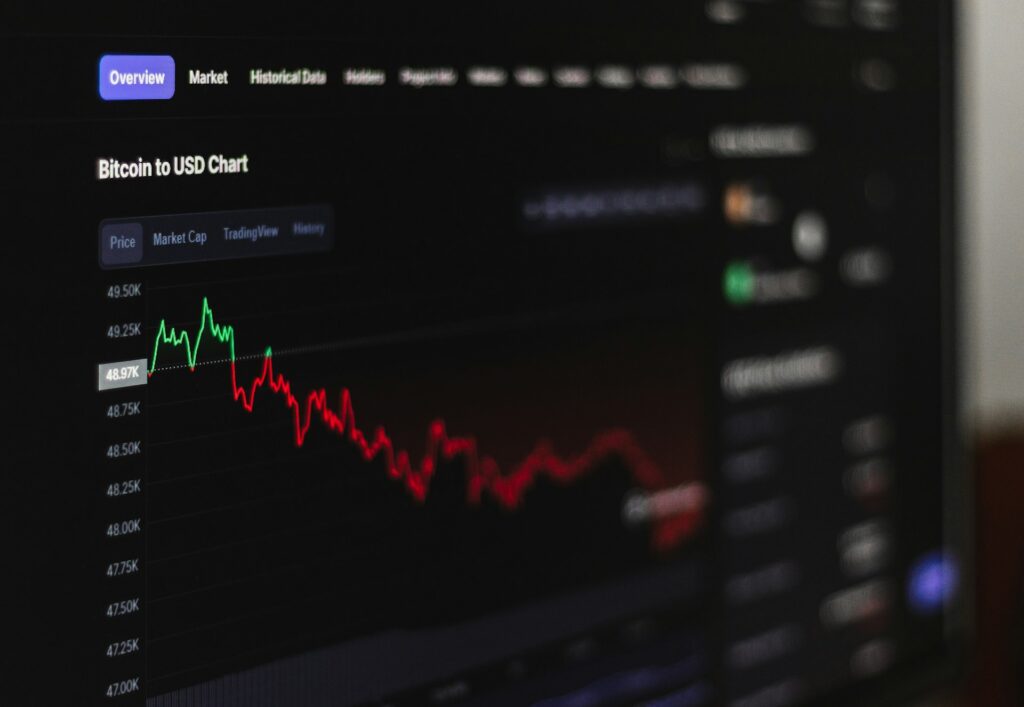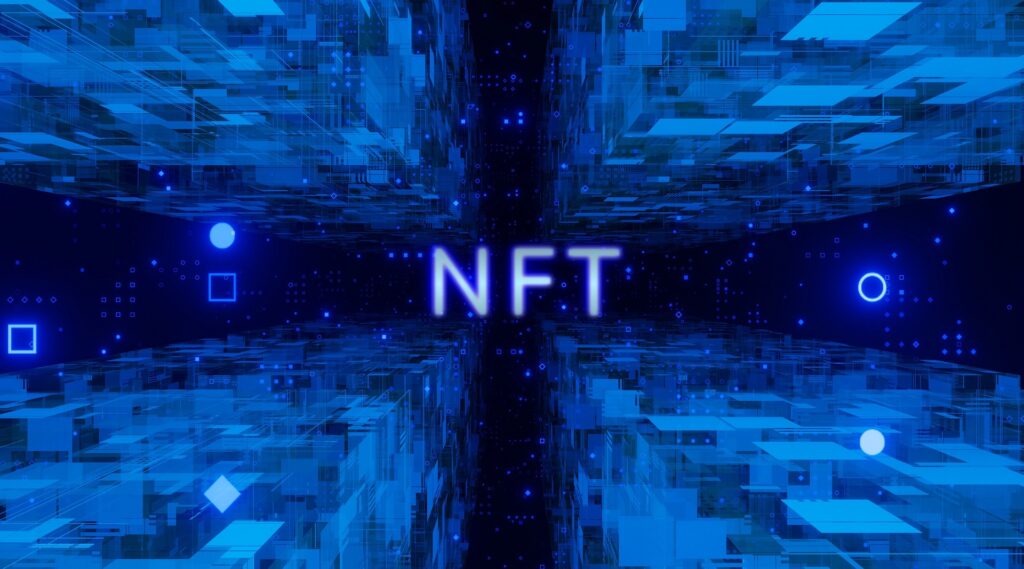If you’ve ever tried to mine cryptocurrency using Proof of Work, you know the frustration. Your computer heats up like a frying pan, your electricity bill starts looking like a phone number, and you begin to wonder if you’re mining coins or just cooking your CPU. I’ve been there. Back in 2018, I ran my old gaming PC for weeks, thinking I’d strike crypto gold. Instead, I ended up with $7 worth of coins and a fan that never stopped screaming.
That’s when I first heard about Proof of Space (PoS). It’s a completely different way of validating blockchain transactions. Instead of relying on sheer computing power, it uses the storage space on your hard drive. In simple words, you don’t “work harder” like in Proof of Work. You “prove” that you’ve allocated a certain amount of disk space to the network.
If you’ve ever had an old external hard drive gathering dust, Proof of Space might just be its chance to shine!
What exactly is Proof of Space?
Proof of Space is a blockchain consensus mechanism where participants prove they’ve reserved unused disk space to help secure the network. Think of it like renting out extra space in your garage, but instead of storing furniture, you store cryptographic data called plots.
Here’s the basic process:
- Plotting – You pre-fill your storage with cryptographic puzzles.
- Challenge – The network sends a random challenge.
- Proof – If your stored data matches the challenge, you can validate the block and earn rewards.
The more space you allocate, the better your chances of winning. It’s a lot like a lottery where each gigabyte you dedicate is another ticket.
Main benefits of Proof of Space:
- Far less electricity usage compared to Proof of Work
- Hardware-friendly (even works on standard HDDs or SSDs)
- Lower entry barrier for beginners
How it differs from Proof of Work and Proof of Stake?
Most people are familiar with Proof of Work (PoW) and Proof of Stake (PoS), so here’s a quick comparison table:
| Feature | Proof of Work | Proof of Stake | Proof of Space |
|---|---|---|---|
| Resource used | CPU/GPU power | Coins locked (stake) | Disk space |
| Energy consumption | Very high | Low | Low |
| Barrier to entry | Expensive mining rigs | Large coin holdings | Cheap hard drives |
| Environmental impact | High | Low | Very low |
One Reddit user explained it perfectly: “With PoW, you burn electricity. With PoS (stake), you lock up your coins. With Proof of Space, you just let your hard drive chill.”
The role of Proof of Time
A lot of Proof of Space blockchains, like Chia, pair it with something called Proof of Time. This is to prevent cheating and ensure fairness. Proof of Space alone could, in theory, be gamed by instantly reallocating space, but Proof of Time forces events to occur in a fixed order.
Imagine two people trying to win a lottery by faking tickets. Proof of Time acts like a strict clock that verifies when each ticket was bought, stopping last-minute manipulations.
Real-world example: Chia network
The most famous blockchain using Proof of Space is Chia (XCH). Instead of miners, it has “farmers” who store plots on their drives.
When Chia launched, I tried farming with an old 1TB HDD and a spare SSD. It was surprisingly quiet and didn’t send my electricity meter spinning. I didn’t make a fortune, but I did learn that even small setups can earn rewards if you’re patient.
Chia farming also became popular because:
- You can use old hardware lying around
- It doesn’t require active power-hungry computation
- It scales easily if you add more drives
Is Proof of Space the future?
Proof of Space solves some big problems in blockchain. It’s eco-friendly, doesn’t require expensive rigs, and makes crypto mining more accessible. But it’s not perfect.
Challenges include:
- High storage demand (terabytes for serious earnings)
- SSD wear and tear during plotting
- Not as battle-tested as Proof of Work
Still, as more people look for sustainable blockchain solutions, Proof of Space has strong potential. It could become the go-to method for projects that want security without the environmental guilt.
The quiet revolution in blockchain
Proof of Space isn’t just a technical alternative to Proof of Work. It’s a shift in how we think about securing blockchains. Instead of burning electricity, we’re using something most of us already have, extra storage.
The most interesting part? Researchers are exploring hybrid systems where Proof of Space could combine with Proof of Useful Work. This means that, one day, the storage space allocated to blockchains could also host valuable real-world data like scientific simulations or climate research.
So next time you see that old hard drive in your drawer, remember, it might just be your ticket to greener, quieter, and possibly profitable blockchain participation!
With over five years of experience in the tech industry, Kazim excels at simplifying complex topics, making them accessible to tech enthusiasts and general readers alike.
He has contributed to several renowned publications worldwide, including WindowsReport and Allthings.how, bringing insightful coverage of key developments in the field.
When he’s not writing, you’ll find Kazim planning weekend getaways or diving into tech verticals beyond his expertise.




